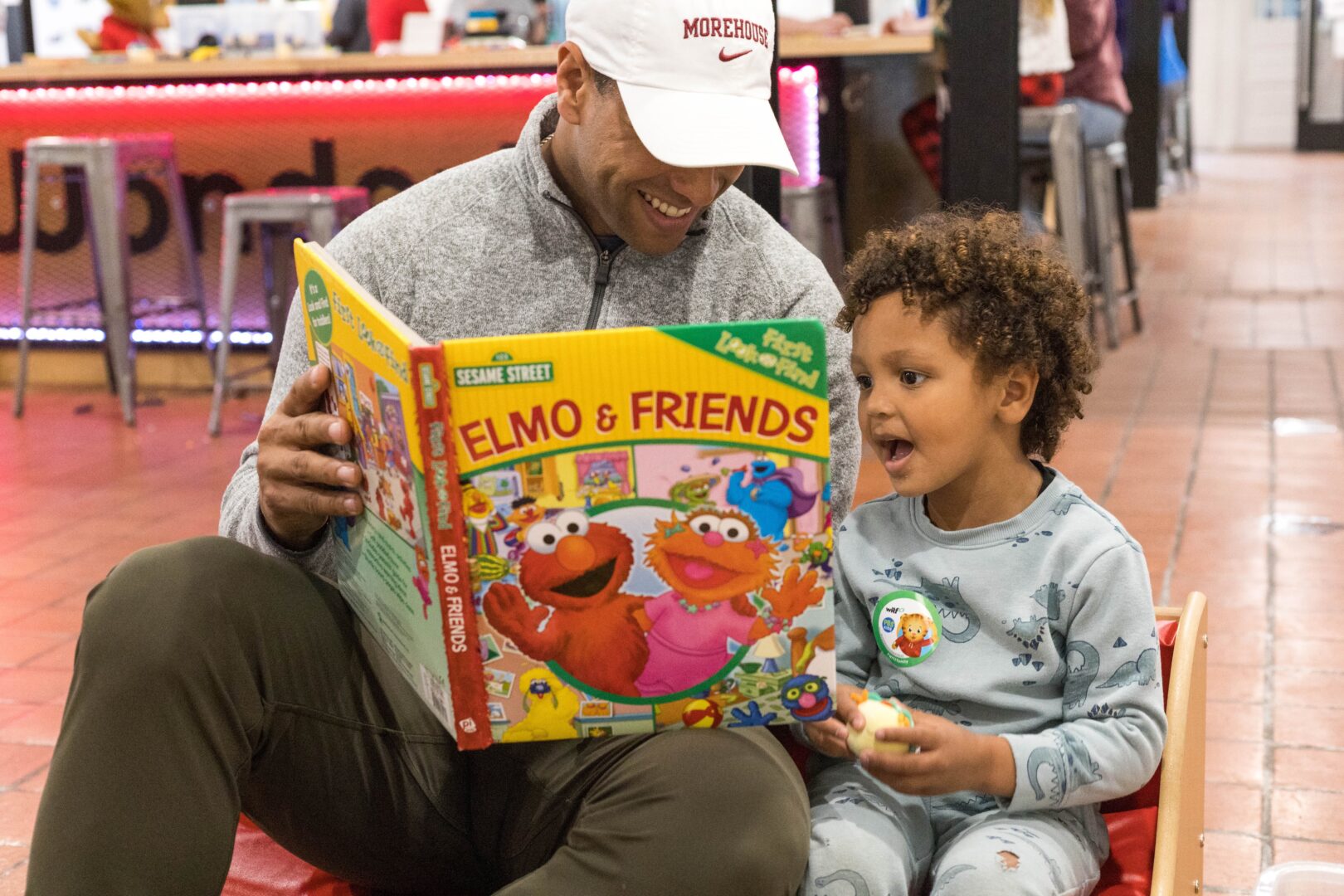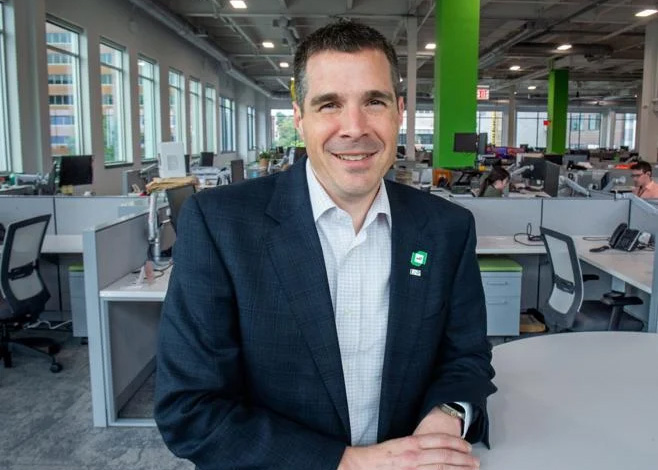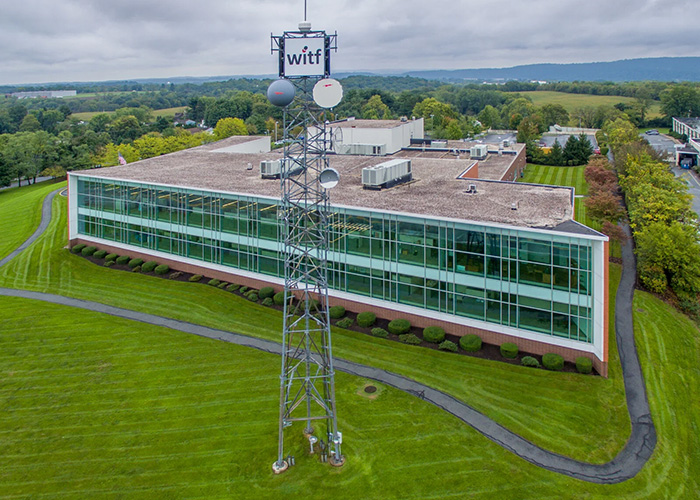Public media maintains a clear and consistent mission: to inform and strengthen communities.
But with public media now under siege, I want to highlight some of the relevant history and current public media initiatives.
In 1967, amid social and cultural upheaval, the federal Public Broadcasting Act authorized the creation of the Corporation for Public Broadcasting, leading to the establishment of National Public Radio and the Public Broadcasting Service. This set the foundation for noncommercial, community-focused media and ensured that educational programming and unbiased news would be accessible to all.
Access to TV and community radio stations strengthened public media’s reach, giving local voices a platform and fostering civic engagement. Public media emerged as a trusted resource dedicated to the public good rather than to corporate profit.
PBS’ first public broadcast aired Oct. 4, 1970, with Julia Child’s The French Chef. PBS programs such as Sesame Street, NOVA and Mister Rogers’ Neighborhood have helped to shape generations of learners. Beyond children’s programming, public media has provided reliable and thought-provoking content related to current events, science, history and the arts, as well as educational programs that foster literacy, civics and friendship.
Public media goes beyond education and analysis — it also provides vital information in times of crisis, such as natural disasters and public health emergencies. And with their coverage of elections and government, local journalists at public media organizations empower individuals with the knowledge needed to fully participate in society.
Challenges in education
Pennon CEO Ron Hetrick has examined some of the challenges now facing public media.
I want to touch on the attacks on education. While there is a federal push to eliminate the U.S. Department of Education, our nation and state face increasing teacher shortages.
In Pennsylvania alone, more than 2,100 teaching positions were vacant as of October 2023. With a declining educator workforce, class sizes are likely to increase and the time and attention that can be allotted to individualized learning supports and teachers’ continued professional development are likely to decrease. This will worsen existing educational opportunity gaps facing many of our communities.
In tandem with a teacher shortage, the American literacy crisis continues to make investment in education a priority. According to the National Assessment of Educational Progress — “The Nation’s Report Card” — only 33% of fourth graders and only 31% of eighth graders were proficient in reading last year.
With the proliferation of digital media and audiobooks, people may spend less time reading and more time gathering information outside of traditional written forms. As reading levels decrease and media literacy skills become increasingly important, educators must pivot to innovative literacy teaching practices.
Filling the gaps
Despite the obstacles, Pennon Education’s team is working tirelessly to support educators inside and outside of school buildings.
The team is composed of K-12 certified classroom teachers and principals with additional certifications in STEM (science, technology, engineering and math), ESL (English as a Second Language), reading and media literacy.
Pennon Education provides critical professional learning opportunities across the commonwealth — in person and online and during after-school and weekend hours. In partnership with the Pennsylvania Department of Education, we provide training opportunities for more than 5,000 state-certified teachers a year and provide thousands of hours of continuing education credits. Through our Explore in the Classroom programs, we partner with schools and teachers across the region to help them design and implement high-quality STEM and literacy instruction in elementary classrooms and information literacy in middle and high schools.
Pennon Education also has created programs for parents, some of whom homeschool their children. These programs are offered during the summer months, and on weekends and evenings. Evening and summer learning programs offer families’ high-quality educational childcare options and co-curricular learning experiences.
With our roots in public media, we also champion the growing creator economy, and we want to embrace opportunities that new digital knowledge and skills bring to teachers and learners. From podcasting to video editing, Pennon Education provides avenues to learn new skills. Programs such as the Youth Voice Imperative and the Creator Academy connect novice creators between the ages of 12 to 21 with professional producers, educators and journalists for one-of-a-kind experiences.
The future of public media
The importance of public media in our community cannot be understated.
While challenges persist, the resilience of journalists, educators and engaged citizens ensures that the mission of public media endures. By supporting local journalism and advocating for independent media, we can safeguard the future of fact-based reporting and educational programming, and strengthen the civic fabric of our society.
The digital transformation offers new opportunities to create avenues for information sharing and human connection — an effort that requires support from you all. We’re so glad you’re with us on this journey.
Andrea G. Kolb, Ph.D., is the senior vice president and chief education officer at Pennon, the parent company of WITF and LNP Media Group, which publishes LNP | LancasterOnline.




